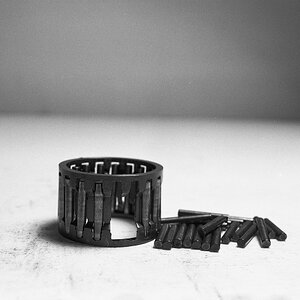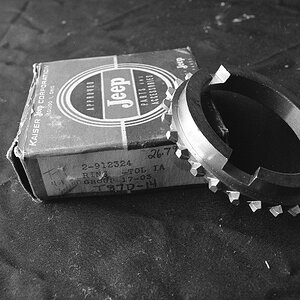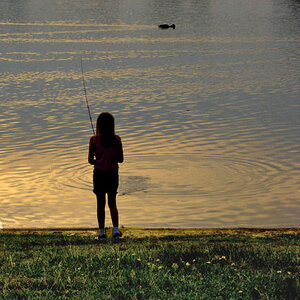darin3200
TPF Noob!
- Joined
- May 3, 2005
- Messages
- 2,078
- Reaction score
- 28
- Location
- Des Moines, Iowa
- Website
- friedrichsphotography.com
I have a roll of Tmax 100 that has water spots on it. I put the roll in some distilled water and used my fingers to get off the excess, after this the roll was put up to dry in a shower. The problem is I still have water spots.
Suggestions?
Suggestions?


 ) and my fingers (risks leaving finger prints/patterns if you stop) to remove water and have found the above method the best.
) and my fingers (risks leaving finger prints/patterns if you stop) to remove water and have found the above method the best.

![[No title]](/data/xfmg/thumbnail/1/1592-cfae4a7ea791f96c6e2d03484be2e454.jpg?1619729144)








